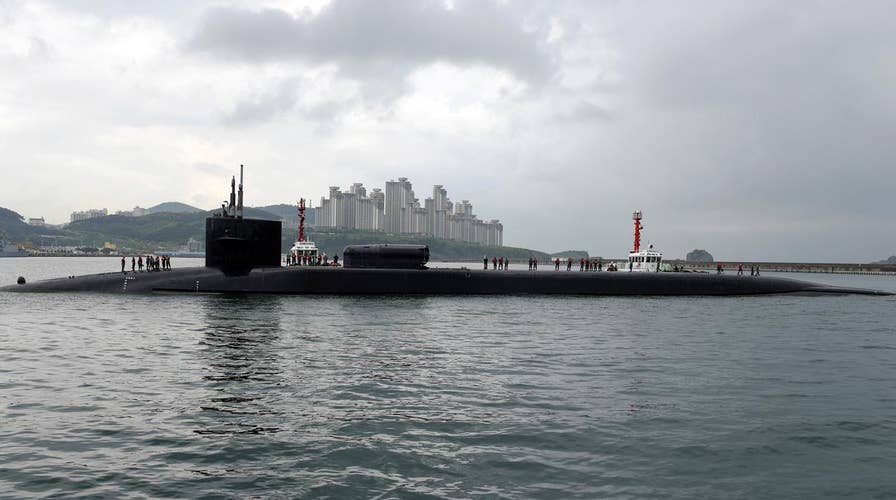What’s next from North Korea? With last month’s failed missile launch, Kim Jong Un’s regime is ratcheting up its face-saving missile-flexing to the next level, with a rumored test of a nuclear warhead.
President Donald Trump responded with his favored weapon, Twitter, launching this 140-character salvo:
“North Korea is looking for trouble. If China decides to help, that would be great. If not, we will solve the problem without them! U.S.A.”
For its part, China indeed appears to be helping -- refusing to off-load North Korean coal, and turning back North Korean coal freighters bound for Chinese ports. Add to that a sharp increase in China’s purchase of U.S. coal, and the outlines of an economic squeeze become evident.
But if the U.S. and China seem to be exploring ways to pressure North Korea, there’s a key player missing from the economic equation:
South Korea itself.
With its stone-age economy leaving it little of value to sell, resource-rich North Korea has long looked to metals deals with the South to bring in much-needed hard currency. For decades, South Korea’s Ministry of Unification has managed this aspect of the North Korea relationship, with an emphasis on acquiring scarce strategic materials from the Kim regimes through South Korea’s state-owned resource corporation, KORES.
Materials such as graphite and rare earths metals are critical to the cutting-edge industries that are the backbone of South Korea’s high-tech economy. In fact, KORES is 50% owner of North Korea’s largest graphite mine – an investment made the year of North Korea’s first nuclear test.
The question is why South Korea sees North Korea – its sworn enemy – as a source for those materials, in the face of strong evidence that the revenue generated from those purchases is funneled into financing North Korea’s nuclear weapons program.
True, South Korea did shut down the Kaesong Industrial Complex – a major source of hard currency for the Kim regime -- in the wake of the North’s 2016 nuclear tests. But even now, as the North’s nuclear threat ratchets up, South Korea is mulling the prospect of reopening Kaesong. With South Korea’s presidential election coming up next week, one of the front-running candidates wants not only to re-open Kaesong immediately, but to expand it to 20 times its current size. Another leading candidate supports the “sunshine policy” under which Kaesong was created, and kept open in spite of successive North Korean nuclear tests.
All of this comes as the United States is actively reconsidering its role in world affairs. During the 2016 U.S. presidential campaign, candidate Trump skewered America’s NATO allies for “free-riding” and failing to pay their fair share towards the military costs of the alliance. But NATO’s free-riding pales in comparison to South Korea’s dalliance with trade deals that it knows will kick-start the next stage of Pyongyang’s nuclear program.
Perhaps the Trump Administration can suggest to KORES that – akin to China’s new-found interest in American coal – it’s time for South Korea to begin working with American suppliers to develop new non-North Korean sources of critical metals and minerals.
South Korea can’t have it both ways. It can’t claim be under an existential threat from Kim Jong Un, only to reopen a hard currency spigot that will keep Kim and his cronies in power, and fund a nuclear weapons capability that will – by 2020, some national security experts say -- threaten the continental United States itself.
With U.S. naval strike groups sent North Korea’s way and calls for the expedited deployment of THAAD missile defense systems ringing out, one thing is certain: It’s going to be very hard to convince the American people to go to the brink with a nuclear-armed madman on behalf of an ally who has helped bankroll the nuclear weapons arrayed against it.
If we do – in spite of South Korea’s equivocal stance towards its enemy to the north -- Kim Jong Un will be justified in asking, who’s crazy now?

